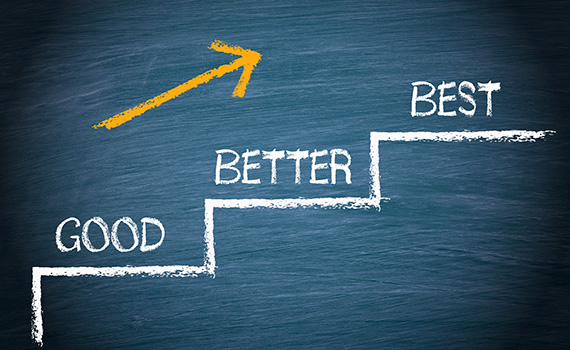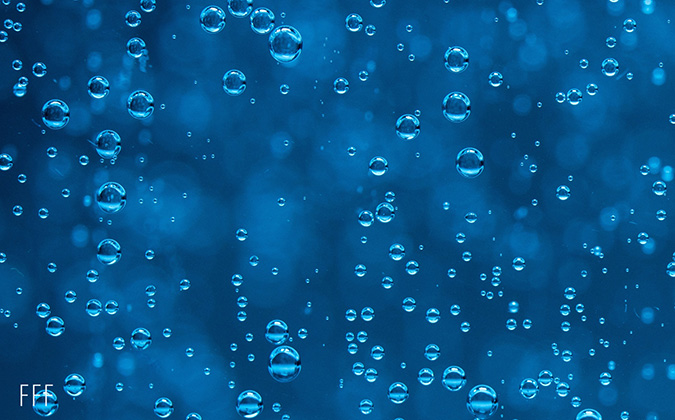
Success stories key to bringing integrated health approach to aquaculture
The principles of the global One Health movement, which links human and animal health outcomes with environmental considerations, are a near-perfect fit to help ensure healthy and sustainable growth in aquaculture, according to a leading expert.
But for the industry to achieve better outcomes, a shift is needed away from “disaster capitalism,” focused largely on problem pathogens, toward an understanding of what makes successful fish farming systems, said Grant Stentiford, PhD, hazards science lead at the UK’s Centre for Environment, Fisheries and Aquaculture Science.
Aquaculture as food system, not niche topic
Stentiford is lead author on a paper recently published in the journal Nature Food, which for the first time laid out how a One Health framework could be used to drive improvements in the aquaculture sector. The study considers how to avert possible negative effects of increased production, while taking into account how fish farming might interact with land-based food systems.
“If we think about this as a food system, rather than aquaculture as a subject in isolation, to get this right in the coming years, we’re going to need a much broader policy and evidence input. But also, we’re going to have to really get a handle on recognizing how beneficial aquaculture could be to much broader issues: climate change, biodiversity loss, all these sorts of things,” he explained.
“Ultimately, it’s quite a pure version of what One Health was intended to do. I think at least so far, it’s the first time One Health has been applied to look at a food system, as it’s normally applied to zoonotic diseases, whereby vets or medics are looking at pathogens from other animals that may end up in human beings.”
Disease focus misses bigger picture
Currently, disease and poor health are the ultimate barriers to sustainable production, Stentiford suggested, with the focus on emerging diseases creating a wave of interest that drives vaccine development, treatments or methods of avoidance. While the practical benefits of this approach are clear, a rethink is needed to achieve a more integrated vision for aquaculture, he said.
“I really hope that in the next, say, 20 years of this sector, rather than chasing disease, we start understanding health,” he said.
“There’s a sort of disaster capitalism in much of science, where we say, ‘if I can tell you that this disease caused a billion dollars of loss last year, there’ll be money to do more work on that disease.’ We’re profiling the things that went wrong, rather than what’s happening on farms that’s going well.
“I would like if we could make that shift and use big data to say, ‘this farm is going down the right channel for there to be a good outcome at the end of it, and we can avoid disease and create high-welfare animals.’ I’m sure the industry would be delighted if that happened, because everyone would benefit. This is the high-welfare, high health-status kind of an industry that we’re trying to emulate.”
An environment for future fish farming
The research paper cites the environmental tolerance and efficient feed conversion of carp and tilapia as possible reasons for even greater roles in the market for these fish, while noting the potential of culturing seaweeds and bivalves to provide nurseries for biodiversity, boosting wild fish stocks and controlling water-nutrient and microbe levels.
The authors also argue that bringing sustainable approaches to aquaculture has potential beneficial knock-on effects for land-based farming systems, pointing to the possibility of greater integration between the two.
Stentiford believes that how the One Health approach is received across the sector depends not only on understanding the concept but also the available resources to cover all its aspects, while ensuring that appropriate environmental protections are built in.
“It might well be that a consideration around whether aquaculture should be placed in your waters needs a discussion about what farming is done on land and what that factory is releasing into the estuaries, and so on. It’s a broader discussion about water, I think.
“The most likely way it will land and be successful is when we start talking about it as a food sector and one that relies on a good environment. I think a lot of the narrative at the moment in aquaculture is around what it does to the environment, rather than what sort of environment it needs to succeed.”
Collaborative view needed
There needs to be greater understanding of food systems as “public goods,” he continued, with both greater government involvement in sustainable aquaculture stewardship, as well as improved sharing of information between the sector’s companies.
“Some of the data sharing initiatives I’ve heard about in Chile and other places are a good reference point, where the farms in an area are individual businesses with their own advantages over each other, but they’re starting to use shared data. They say, ‘well, actually, what is a healthy farm? What is the best vaccination strategy to use? When? How did you do it? Can we share technologies that we move around?’
“The data that comes from those farms is centrally held; all farms can then use it in a kind of cooperative manner. Some of those movements are really positive because, especially in water, you only need a weak link in that system to really affect everybody. It’s a recognition of that, yes, there are competitive advantages at the farm level. But there are also very common points of weakness,” he noted.
Posted on: June 17, 2021






